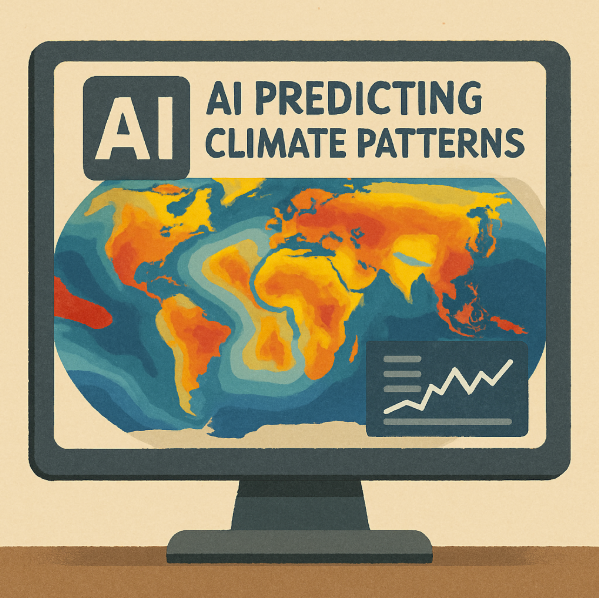In today’s rapidly evolving technological landscape, AI stands as a beacon of hope in addressing environmental sustainability challenges. The intersection of artificial intelligence and environmental stewardship offers transformative potential for nonprofits, societies, and businesses alike. As we explore these AI solutions, it is crucial to understand both their promise and limitations.
AI technologies are increasingly being leveraged by nonprofits aiming to make a tangible social impact. From predicting natural disasters to optimizing resource management, AI’s capacity to process vast amounts of data allows organizations to make informed decisions with precision. For instance, AI-driven models can analyze climate patterns to anticipate extreme weather events, enabling timely interventions that can save lives and resources.
Furthermore, AI is playing a pivotal role in wildlife conservation efforts. By using machine learning algorithms, researchers can monitor endangered species and combat illegal poaching activities. These technologies provide invaluable insights that guide conservation strategies, ensuring that interventions are both effective and sustainable.
The Role of AI in Society
The integration of AI into society presents both opportunities and challenges. On one hand, AI has the potential to optimize urban planning, reduce energy consumption, and promote sustainable agriculture. For example, smart grids powered by AI can balance electricity supply and demand, minimizing waste and reducing carbon footprints.
However, the societal implications of AI warrant careful consideration. As AI becomes more ingrained in daily life, issues surrounding data privacy, algorithmic bias, and equitable access to technology must be addressed. It is imperative for policymakers and industry leaders to collaborate in establishing ethical guidelines that govern AI use, ensuring that its benefits are shared broadly and fairly.

Strategic Implementation for Business Growth
For business leaders like Chief Technology Officers and Innovation Managers, the strategic implementation of AI technologies can drive both sustainability and growth. By aligning AI initiatives with core business objectives, companies can enhance operational efficiency and unlock new opportunities for innovation.
A key area where AI can make a significant impact is in supply chain management. AI algorithms can optimize logistics, predict demand, and identify areas for improvement, leading to cost savings and reduced environmental impact. Additionally, businesses can leverage AI to design more sustainable products and services, meeting the growing consumer demand for environmentally friendly options.
Conclusion
AI’s role in addressing environmental sustainability challenges is both promising and complex. As AI continues to evolve, it will be essential for business strategists and innovation leaders to remain informed about emerging trends and technologies. By leveraging AI thoughtfully, organizations can not only contribute to a more sustainable future but also achieve a competitive edge in an increasingly eco-conscious market.
The road to sustainability is paved with innovation. As we stand at the crossroads of technology and environmental stewardship, AI offers a path forward that is both exciting and essential. Let us embrace these advancements with foresight and responsibility, ensuring a brighter, greener future for all.




